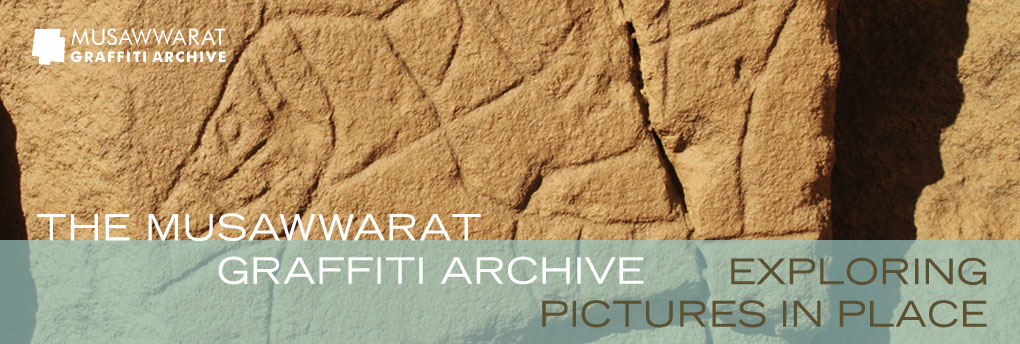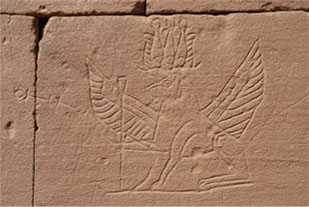About Musawwarat
The monuments of Musawwarat es-Sufra are the remains of a singular sacred site with numerous temples and other structures dating mainly to the Meroitic period of the Kingdom of Kush (c. 300 BC-AD 350). In the heart of Musawwarat is the so-called Great Enclosure, a unique building complex of temples and terraces, surrounded by a maze of interconnected courtyards, passageways and ramps. Excavations have shown that it was re-built and extended periodically over many centuries. The function of the Great Enclosure is still much debated and various suggestions as to its purpose have been put forward. These include a school, a hospital, an elephant taming station, a pilgrimage site, a hunting castle, the main sanctuary of the lion god Apedemak, or a national shrine. Today it is generally accepted that the monuments of Musawwarat were part of an important religious centre and that it attracted visitors from afar – even from beyond the Meroitic realm.
The Great Enclosure has very little architectural decoration that can help us determine its builders or the deities to whom the temples were dedicated. There are, however, thousands of graffiti on the sandstone walls, among them depictions of gods and humans, domestic and wild animals, such as lions and elephants, as well as objects, including altars and barques. Numerous inscriptional graffiti in Meroitic cursive writing appeal to the lion god Apedemak, while the southernmost known Latin inscriptional graffito on the African continent mentions a Roman named Acutus. The Musawwarat Graffiti Project is currently investigating the extent to which the historical graffiti can help us understand the function(s) of the Great Enclosure and the overall site of Musawwarat, among other research questions.
Click here for the Zamani Project's presentation of some of Musawwarat's monuments with photos, images of 3D-models, a panorama tour, GIS plans, and sections.
Text: Cornelia Kleinitz (2011, last update: 01/08/2014)





